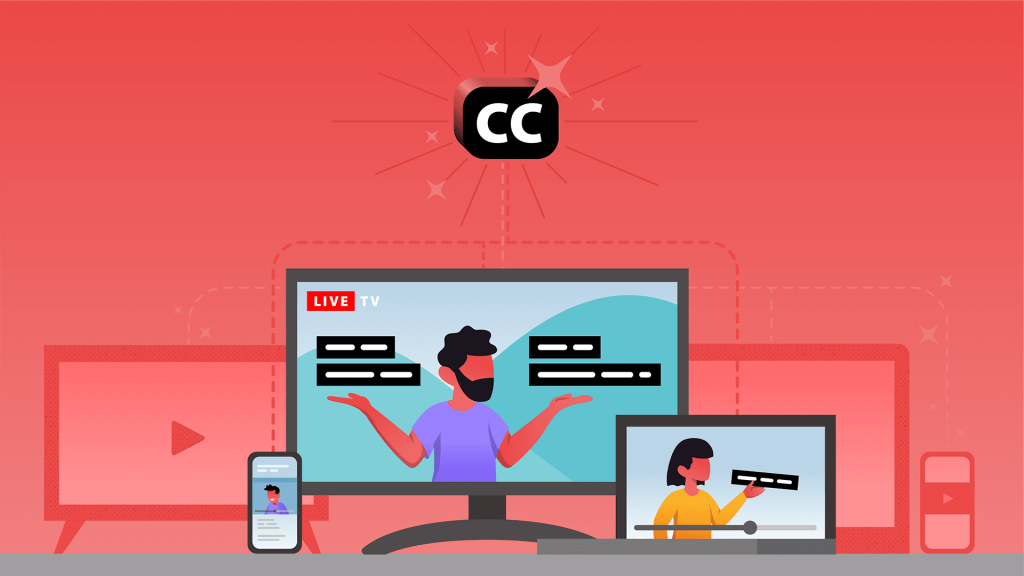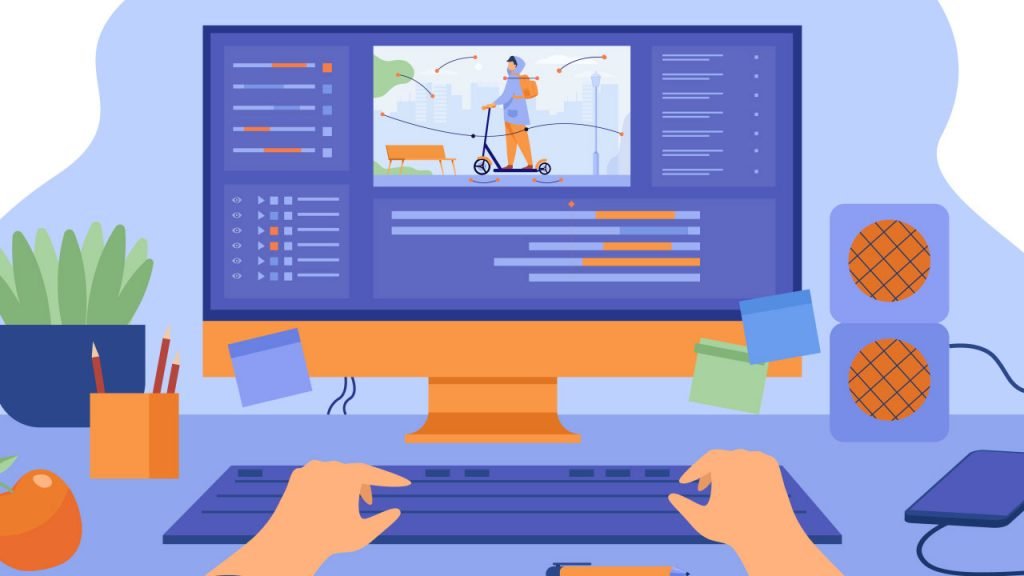Video content is fast becoming a key ingredient of popular websites and channels. Here are 5 ways to make your videos disability friendly.
The importance of video content has risen vertiginously over the past decade, with 92% of marketers reporting that video is an important part of their marketing strategy.
Video plays a key role in social media as well, with stories, vlogs, and live streams enabling creators to improve their SEO, provide digestible snippets of information, and drive conversions.
The popularity of video content brings the importance of accessibility into play because around 61 million people are living with a disability in the US.
If you wish to create video content that is accessible to all viewers, these tips may help.
1. Providing Transcripts

To ensure that your video content is disability friendly, provide a transcript, which should include dialogue, descriptions of reactions (for instance, a smile, laugh, or stare), and descriptions of key features – including interiors, décor, ambiance, etc.
Transcripts allow users to access your content via refreshable Braille devices and permit those who are hearing impaired to grasp the message, tone, and subtleties of your video content.
2. Providing Captions

Captions within your video will help those who have auditory impairments to comprehend what you are publishing in your video.
You can caption your videos via YouTube’s captioning tools, or use one or more free online tools like Subtitle Horse.
Also Read: How To Create & Add Subtitles In Adobe After Effects
To use these tools, you simply have to provide your video’s URL to the captioning platform; and then use their tool to view and transcribe your content. Ensure your captions are error-free, uniform in presentation, and clear.
They should additionally be up on the screen long enough for users to read them completely, without having to pause or backtrack frequently.
3. Blocking Autoplay

Video content that immediately begins playing when someone logs onto your site or channel can be both annoying and distracting.
It can block out the features required to use reading software, for instance. Block this function so that the first contact with your site is calm, quiet, and pleasant.
4. Relying On An Accessible Video Player

Not all video players are accessible to all users. Many, for instance, have keyboard traps – which occur when the user cannot move the focus away from an interactive element or control the keyboard alone.
Current website accessibility guidelines (WCAG 2.0) stipulate that any content containing a keyboard trap cannot be deemed accessible.
The problem stems from the fact that not all users work with a mouse – sometimes because a disability prevents them from being able to use one.
Users who are blind, for instance, use keyboards instead of mouse because they are unable to see the part of the page they wish to click on.
5. Keeping Motion Graphics Simple

Motion graphics add an element of dynamism to your content, but to make sure they do not wrest from the clarity of your message: keep it simple, use images less frequently, and make them as large and viewable as possible.
Use simple, large fonts, avoid motion blur effects, and use high-contrast colors so that the text jumps out from the video.
Ensure that any graphics you display on the screen are long enough to be truly useful to your audience.
The Bottom Line
Video content is fast becoming a key ingredient of popular websites and channels. To reach as wide an audience as possible, yours should be accessible and in line with WCAG guidelines.
Large text, simple graphics, transcripts, and captions are just a few tools that will ensure your website is authentically useful to everyone who might log onto your channel.


